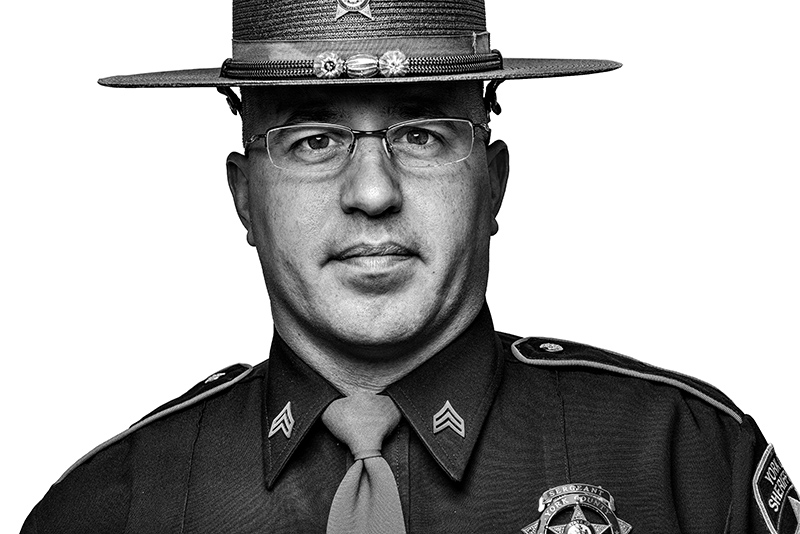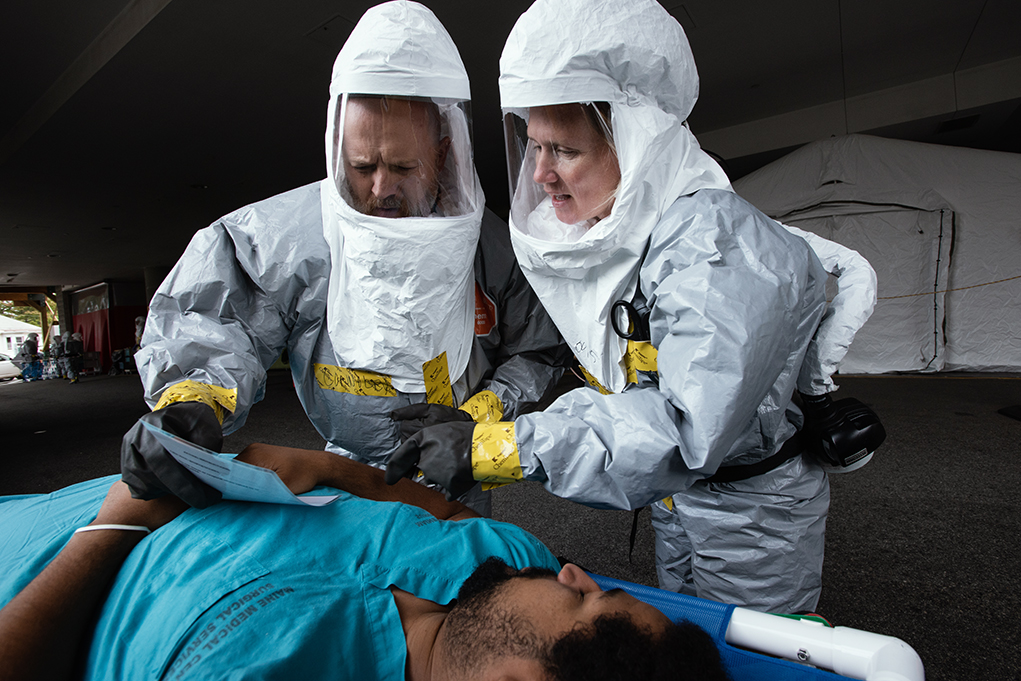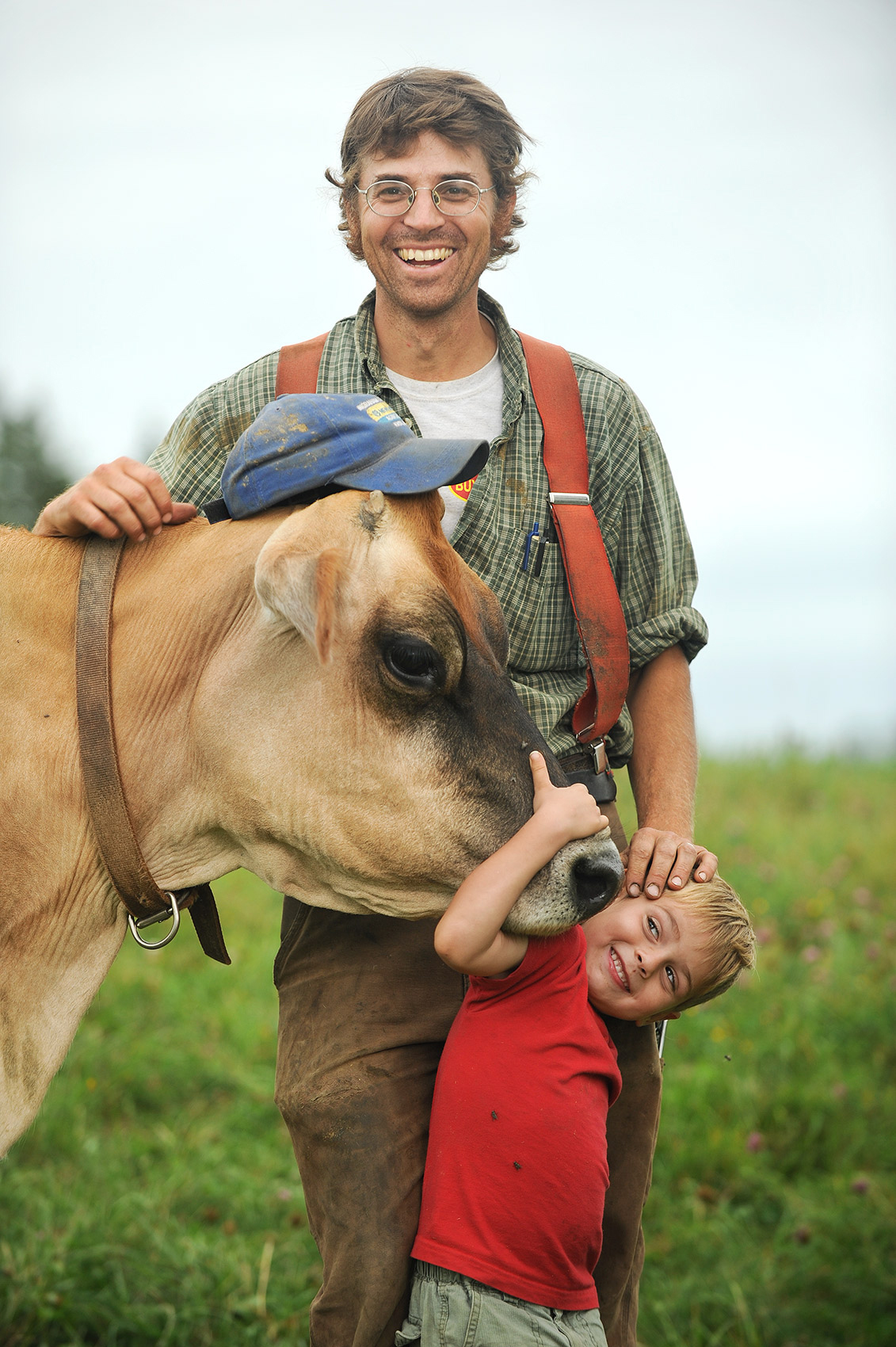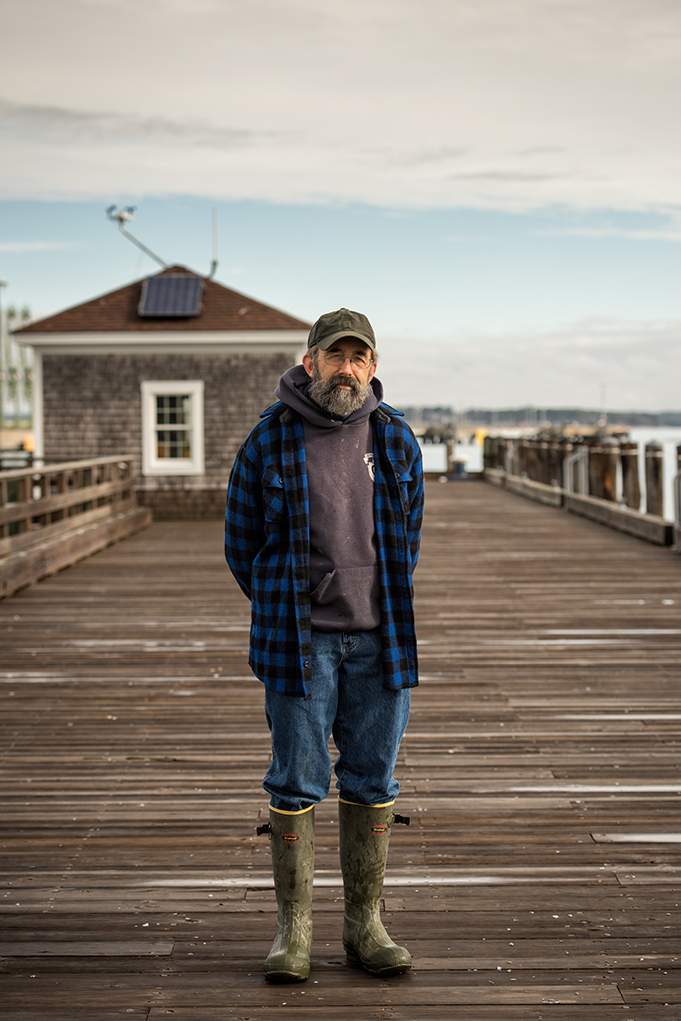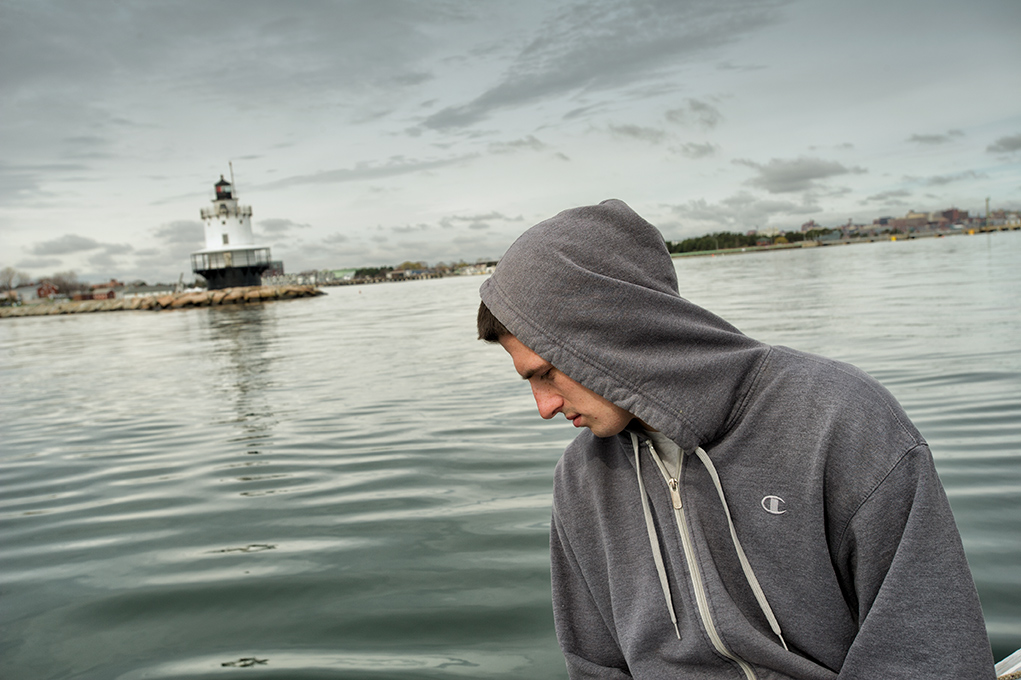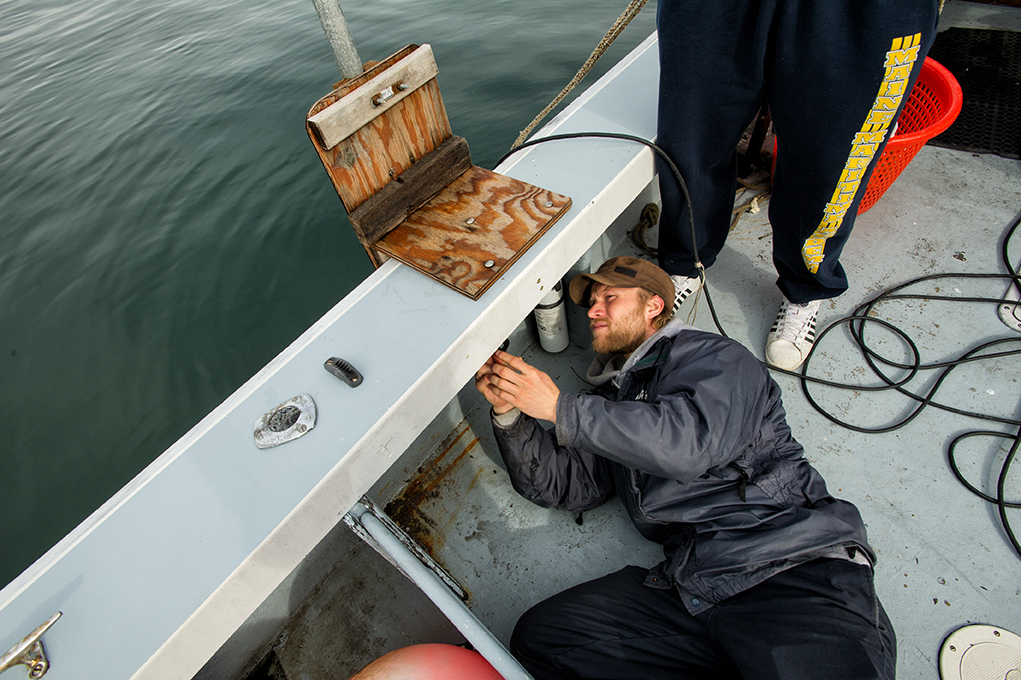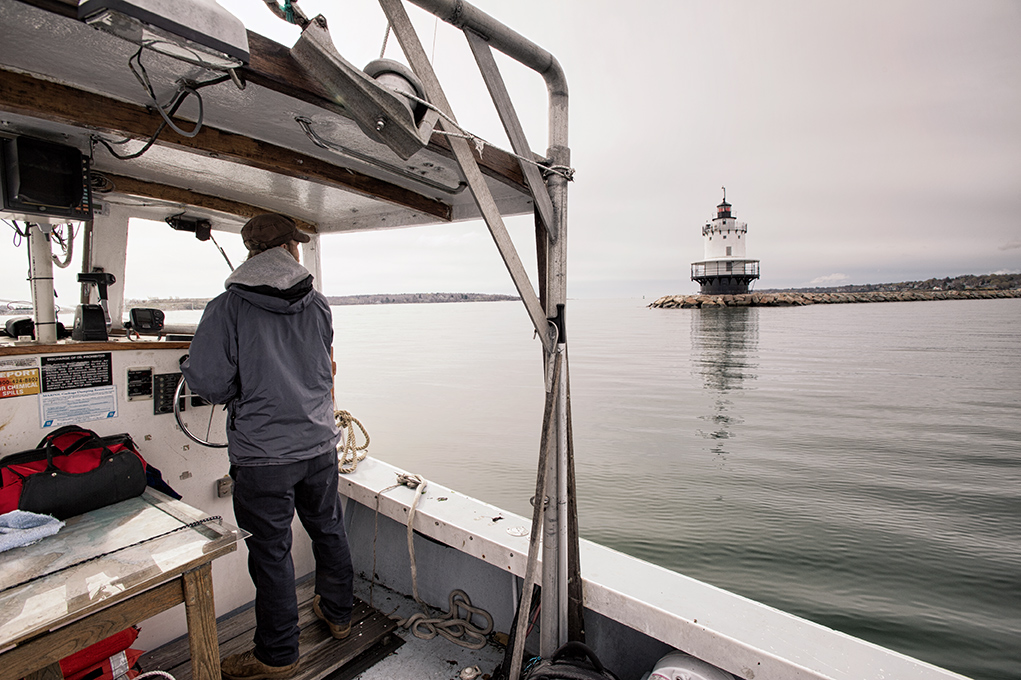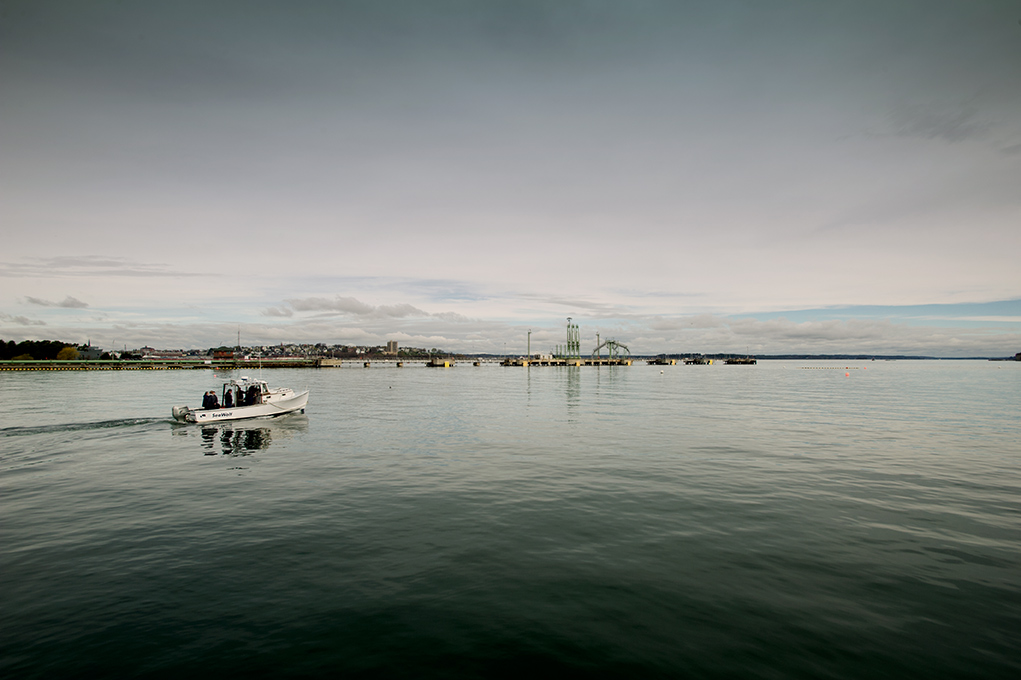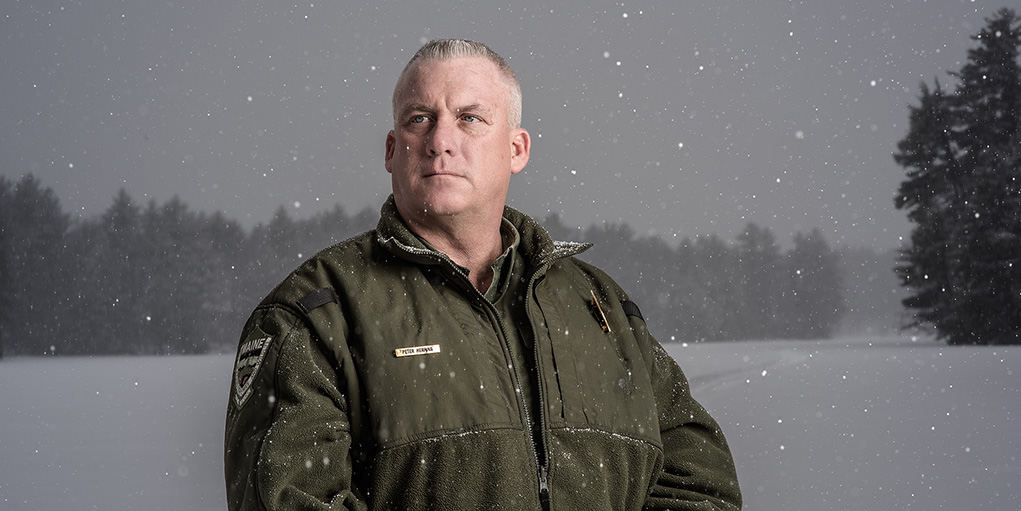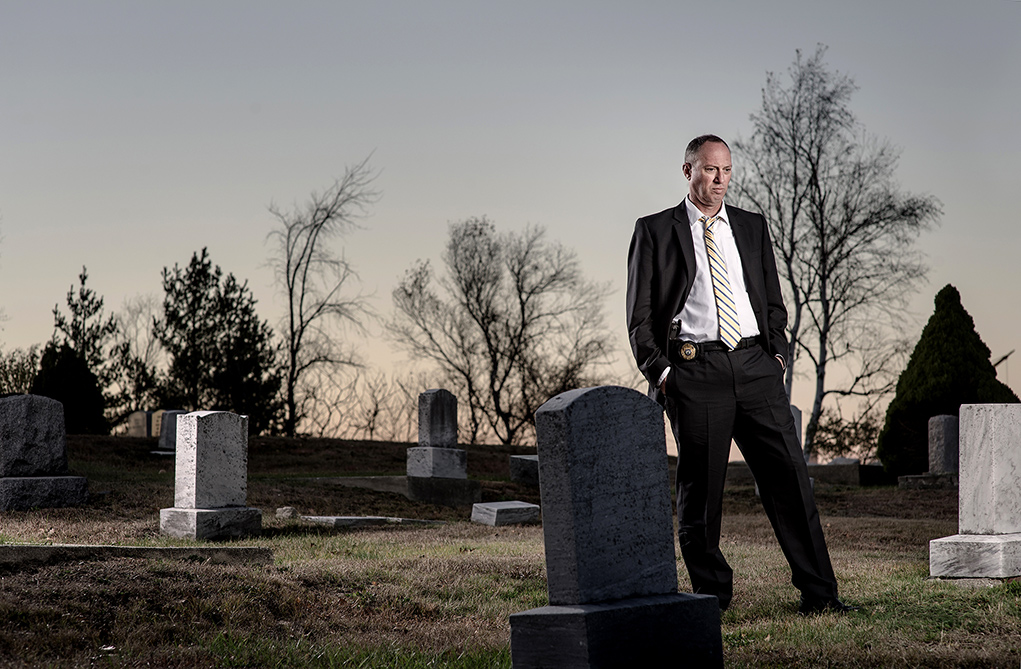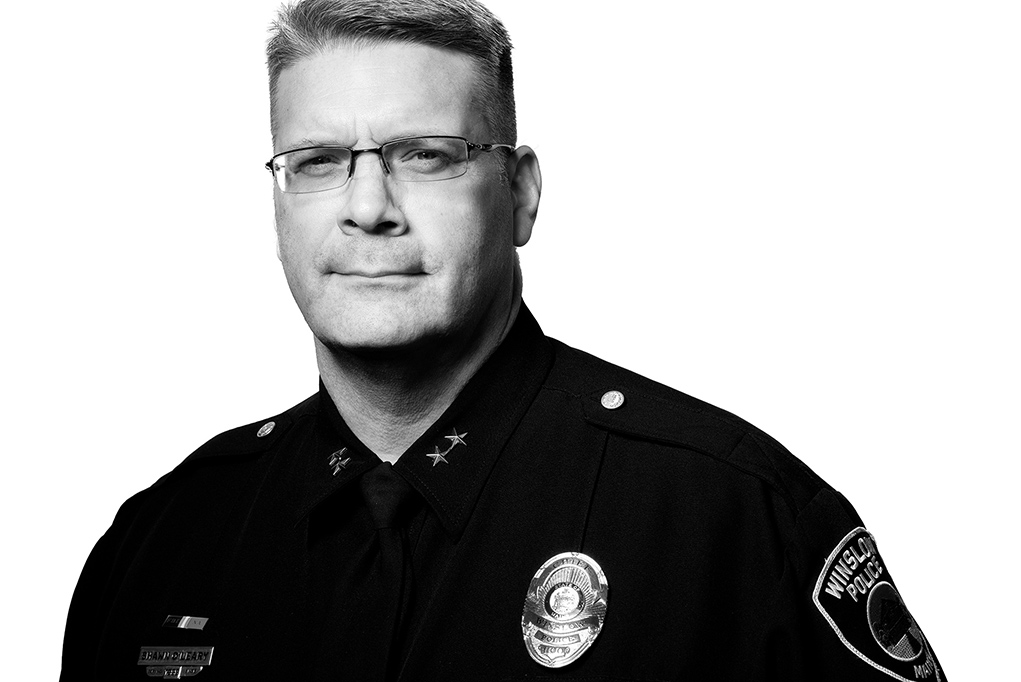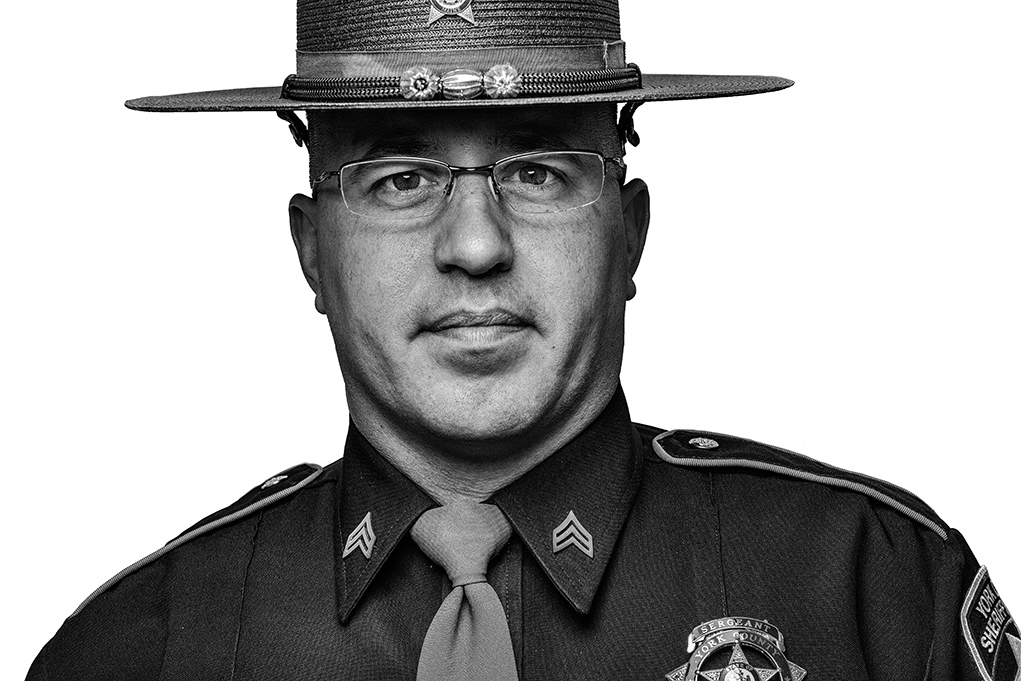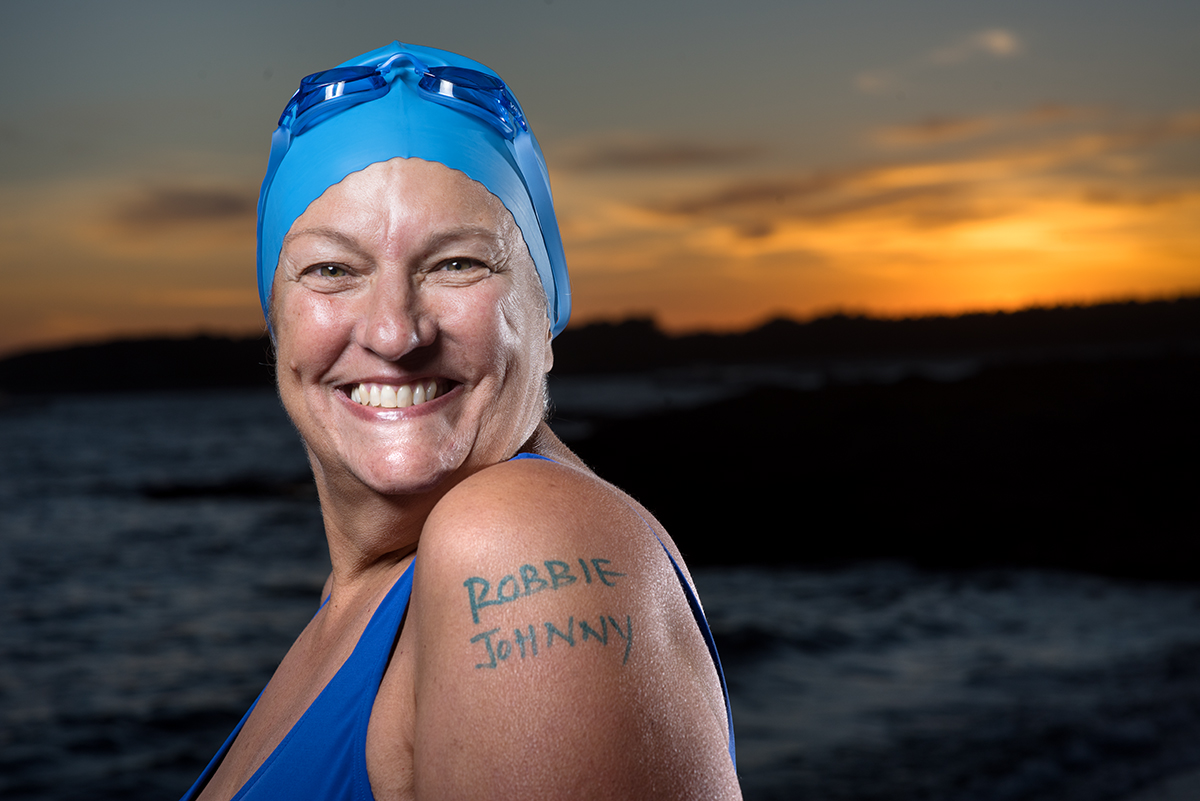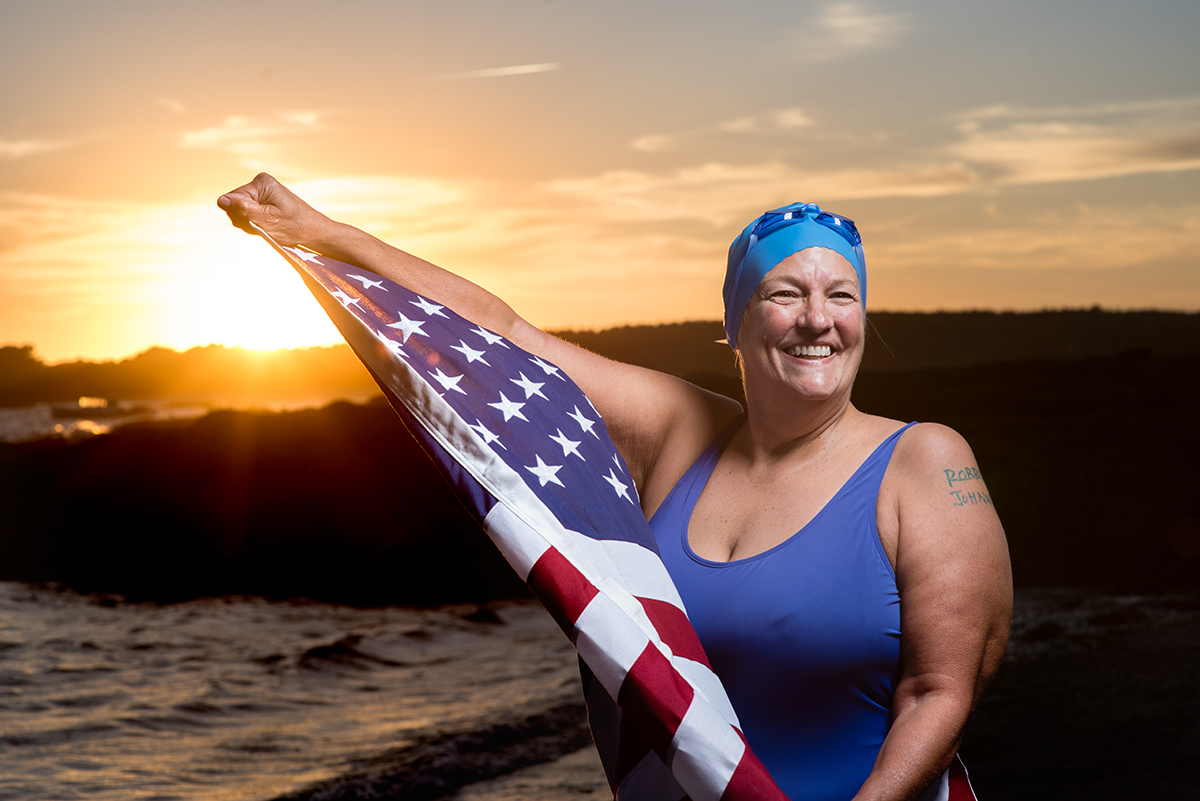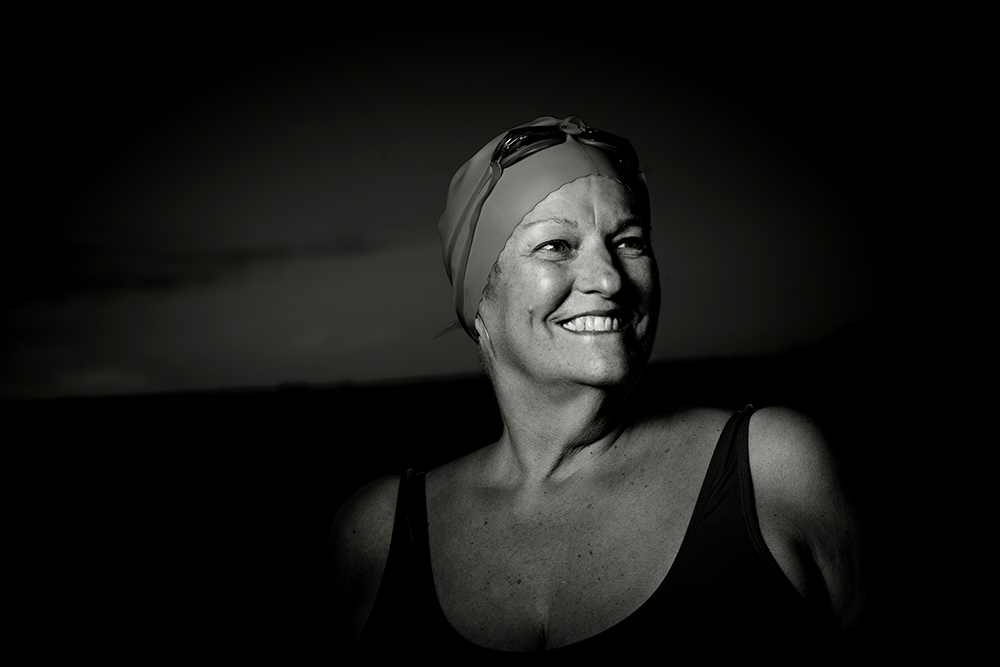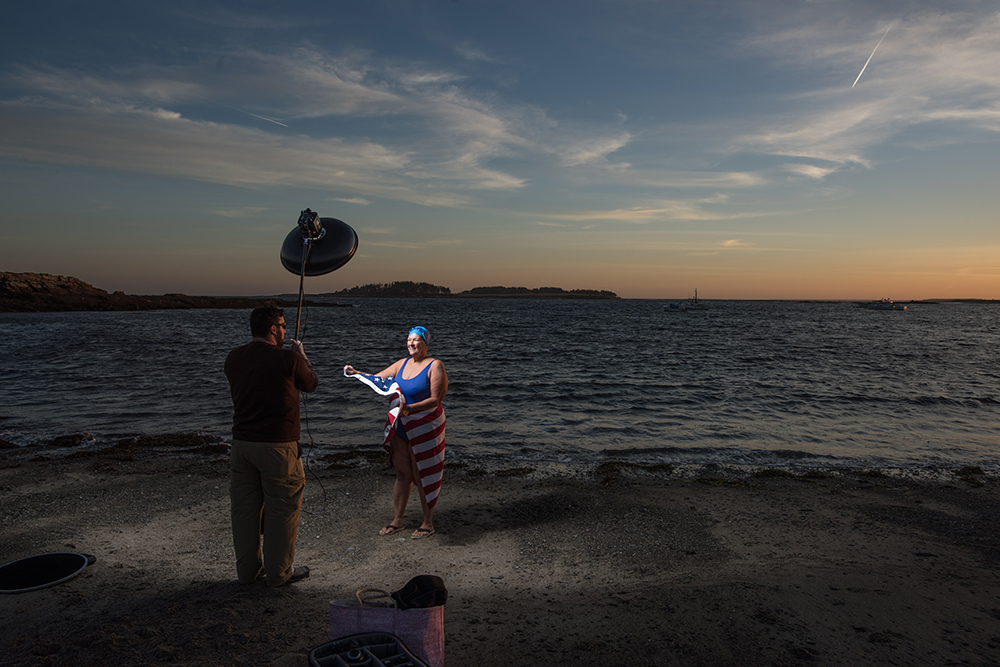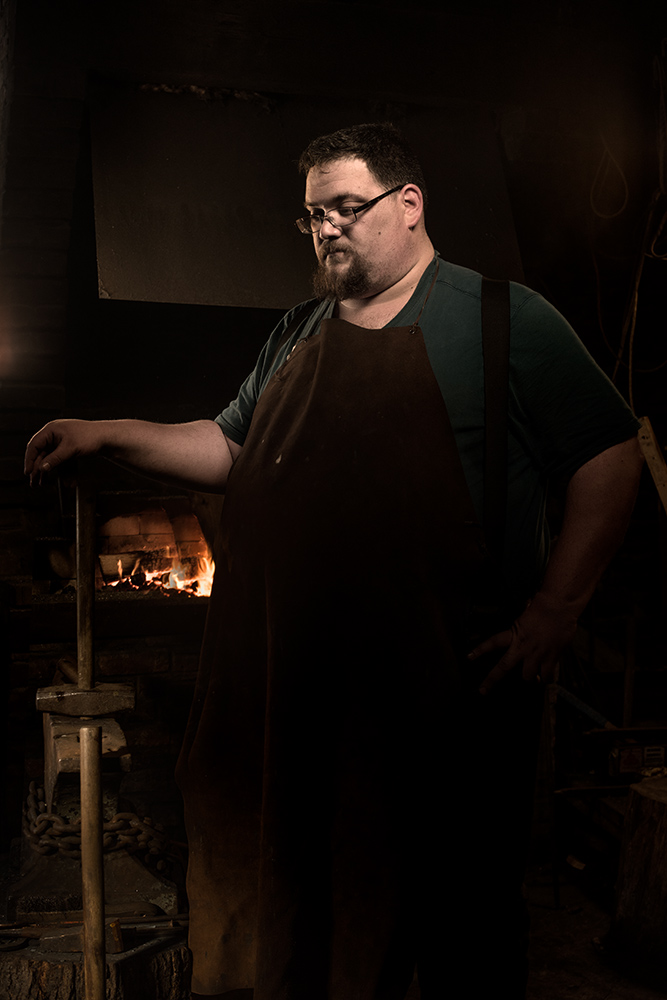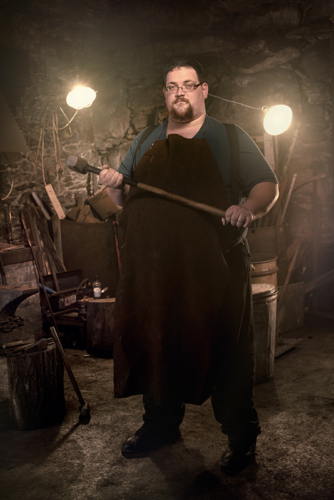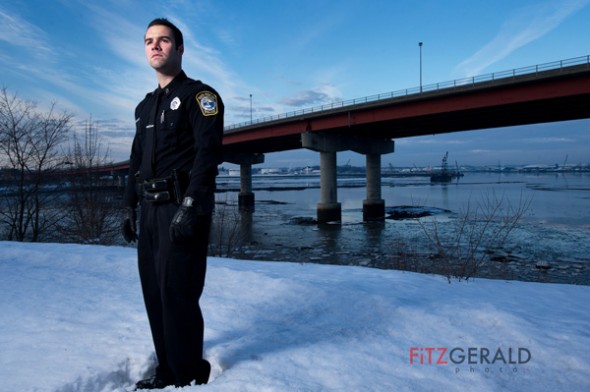I’m fortunate that I get to meet a lot of very interesting and very cool people in the course of my daily work as a commercial photographer in Maine. Every person has their own unique story and are fascinating in their own special way.
Some just happen to work in environments that take ‘interesting’ to another level. The Portland Boxing Club, a 1900s-era former wood-drying kiln set tucked behind Morrell’s Corner in Portland, is one such place. It’s there, enclosed by thick brick walls and floors of concrete, sweltering in the summer and freezing in winter, that Head Coach and owner Bob Russo has honed fighters of all ages and sexes for almost 30 years. On concrete and on the canvas, they strengthen their bodies and toughen their minds.
I’m excited to release this short video profile of Coach Russo. This was originally done as part of a larger piece on the gym for Inspire Maine several years ago but edited recently. Enjoy!

